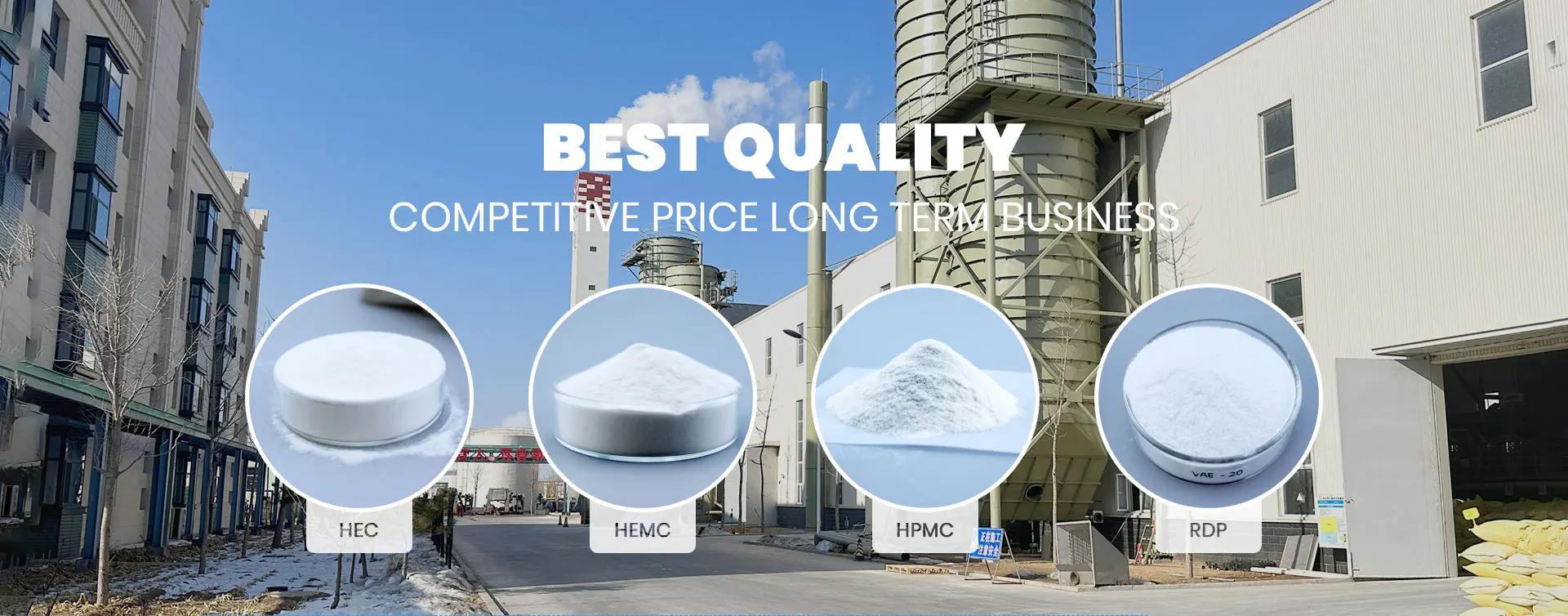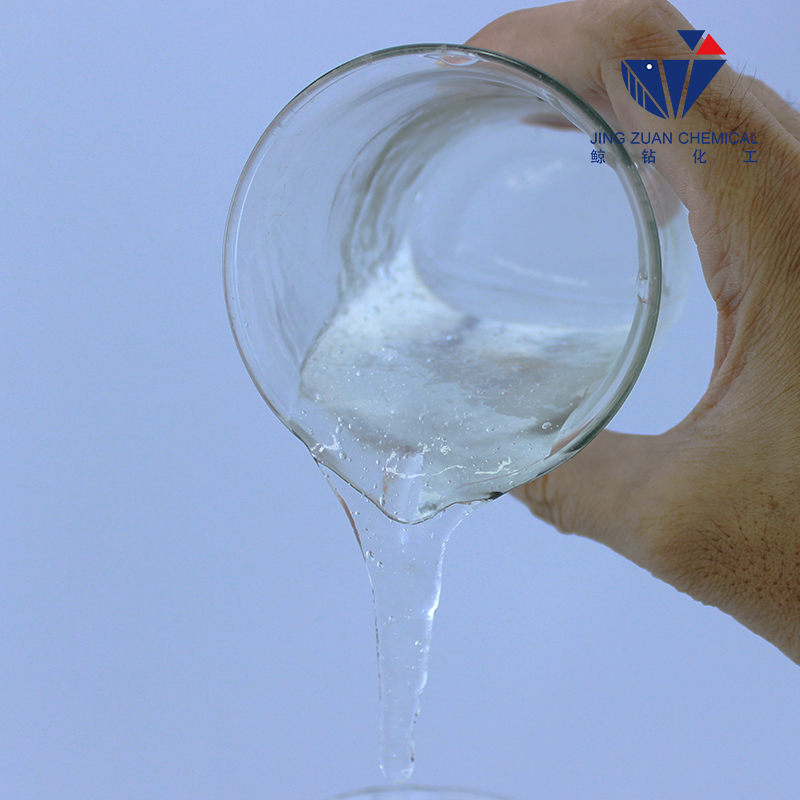
5月 . 29, 2025 18:15 Back to list
Hydroxyethylcellulose Powder Versatile Thickener & Binder for Industrial Use
- Introduction to Hydroxyethylcellulose Powder
- Technical Advantages and Performance Metrics
- Comparative Analysis of Leading Manufacturers
- Customized Solutions for Industry-Specific Needs
- Real-World Application Case Studies
- Sustainability and Environmental Impact
- Future Prospects for Hydroxyethylcellulose-Based Products

(hydroxyethylcellulose powder)
Introduction to Hydroxyethylcellulose Powder
Hydroxyethylcellulose (HEC) powder is a non-ionic, water-soluble polymer derived from cellulose. Renowned for its thickening, stabilizing, and film-forming properties, it is widely used in industries such as pharmaceuticals, cosmetics, paints, and construction. With a global market value projected to reach $1.2 billion by 2028 (CAGR 5.3%), HEC powder is a critical additive for enhancing product performance. Its versatility stems from adjustable viscosity, pH stability (2–12), and compatibility with organic and inorganic compounds.
Technical Advantages and Performance Metrics
HEC powder outperforms alternatives like carboxymethylcellulose (CMC) and methylcellulose (MC) in key areas. For instance, HEC maintains viscosity stability at high temperatures (up to 85°C), whereas CMC degrades above 60°C. A 2% aqueous solution of HEC achieves viscosities ranging from 1,000 to 150,000 mPa·s, depending on molecular weight. Manufacturers optimize particle size (80–200 mesh) and substitution degree (1.5–3.0) to meet application-specific requirements. Additionally, HEC’s low ash content (<0.5%) ensures minimal interference in sensitive formulations.
Comparative Analysis of Leading Manufacturers
| Manufacturer | Purity (%) | Viscosity Range (mPa·s) | Dissolution Time (min) | pH Stability |
|---|---|---|---|---|
| Ashland | 99.5 | 5,000–100,000 | 15–30 | 2–12 |
| Dow Chemical | 98.8 | 3,000–80,000 | 20–40 | 3–11 |
| Shin-Etsu | 99.2 | 10,000–150,000 | 10–25 | 2–12 |
Customized Solutions for Industry-Specific Needs
Tailored HEC powder formulations address unique challenges across sectors. In paints, ultrafine grades (200 mesh) reduce brush drag while providing sag resistance. Pharmaceutical grades prioritize rapid hydration (<10 minutes) and low endotoxin levels (<0.05 EU/g). Cosmetic variants focus on clarity and shear-thinning behavior for serums and gels. Customization options include:
- Viscosity modulation (±5% tolerance)
- Particle size distribution (D50: 50–150 μm)
- Surface-treated grades for delayed dissolution
Real-World Application Case Studies
Case 1: A paint manufacturer achieved a 22% reduction in production costs by replacing HPMC with HEC powder (10,000 mPa·s grade), improving open time by 35% without compromising washability. Case 2: A topical gel formulation using HEC exhibited 98% active ingredient retention after 12 months, compared to 85% with CMC. Case 3: In shale gas drilling fluids, HEC-based systems reduced fluid loss by 40% at 120°C vs. guar gum derivatives.
Sustainability and Environmental Impact
HEC powder’s biodegradability (OECD 301B: 78% in 28 days) positions it as an eco-friendly alternative to synthetic thickeners. Lifecycle assessments show a 30% lower carbon footprint than petroleum-based polymers. Leading producers now utilize closed-loop processes, recovering 95% of solvents and reducing wastewater discharge by 50%. Certifications like ECOCERT and REACH compliance further bolster its sustainability profile.
Future Prospects for Hydroxyethylcellulose-Based Products
Advancements in HEC powder modification, such as enzyme-assisted synthesis and nanocellulose hybrids, promise enhanced functionality. Emerging applications include 3D-printing bio-inks (15% HEC loading improves shape fidelity by 60%) and smart drug delivery systems. With R&D investments growing at 8% annually, hydroxyethylcellulose-based innovations will continue redefining material science boundaries.

(hydroxyethylcellulose powder)
FAQS on hydroxyethylcellulose powder
Hydroxyethylcellulose Powder Basics
Q: What is hydroxyethylcellulose powder?
A: Hydroxyethylcellulose (HEC) powder is a water-soluble polymer derived from cellulose. It is widely used as a thickener, stabilizer, and binder in industries like cosmetics, pharmaceuticals, and construction. Its non-ionic nature ensures compatibility with many formulations.
Applications of Hydroxyethylcellulose
Q: What are the common uses of hydroxyethylcellulose?
A: HEC is used in pharmaceuticals as a binder, in personal care products (e.g., shampoos, lotions) for viscosity control, and in industrial applications like paints for texture stabilization. It also acts as a film-forming agent in coatings.
Hydroxyethylcellulose-Based Products
Q: Which products are hydroxyethylcellulose-based?
A: Common HEC-based products include eye drops, hair gels, adhesives, and water-based paints. It serves as a key ingredient to enhance texture, lubrication, or adhesion while maintaining product stability.
Safety and Compatibility
Q: Is hydroxyethylcellulose powder safe for cosmetic use?
A: Yes, HEC is generally recognized as safe (GRAS) and approved by regulatory bodies like ECOCERT and COSMOS for cosmetics. It is non-irritating and suitable for sensitive skin due to its mild properties.
Performance Comparison
Q: How does hydroxyethylcellulose differ from other thickeners?
A: Unlike some thickeners (e.g., carboxymethylcellulose), HEC offers better thermal stability and pH tolerance. It also provides smoother textures in formulations compared to alternatives like guar gum.
-
Versatile Hpmc Uses in Different Industries
NewsJun.19,2025
-
Redispersible Powder's Role in Enhancing Durability of Construction Products
NewsJun.19,2025
-
Hydroxyethyl Cellulose Applications Driving Green Industrial Processes
NewsJun.19,2025
-
Exploring Different Redispersible Polymer Powder
NewsJun.19,2025
-
Choosing the Right Mortar Bonding Agent
NewsJun.19,2025
-
Applications and Significance of China Hpmc in Modern Industries
NewsJun.19,2025







